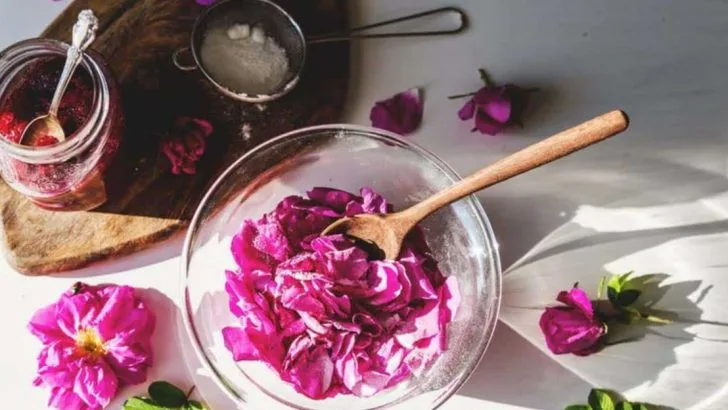Some flowers are all hype and no flavor. They flirt with your senses—bright petals, dreamy fragrance—and then? Nothing. No taste. No thrill. No purpose beyond “looking pretty until they wilt.” But not these. These blooms bring it. They’re bold enough for your bouquet and your plate. They don’t just sit there—they do something. Toss them in a salad. Float them in a drink. Let them steal the show at your next dinner party. Forget the floral freeloaders. These twelve edible beauties earn their space, one delicious petal at a time.
Nasturtiums
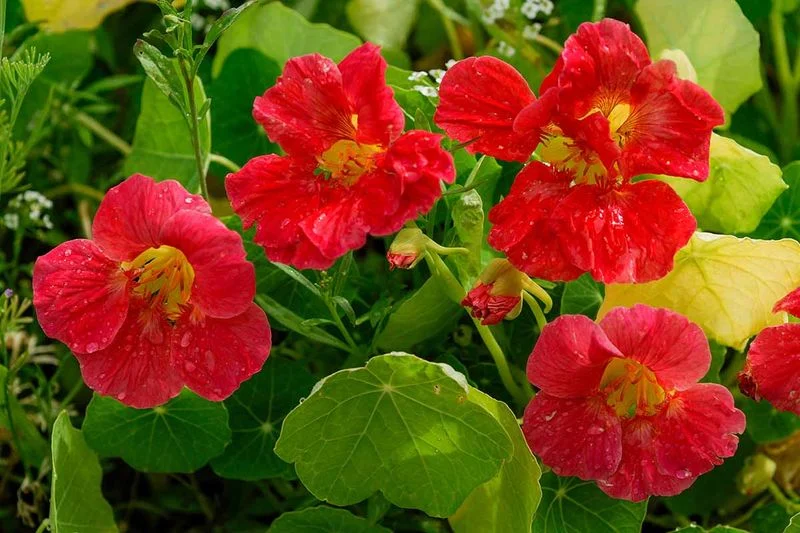
Nasturtiums bring both color and a peppery zing to your garden. These vivacious flowers, with their bright orange, red, and yellow petals, are more than just a visual treat. Their leaves and blossoms offer a spicy flavor, perfect for salads and garnishes. Easy to cultivate, nasturtiums thrive in poor soil and require minimal care. Historically, they were used to ward off pests, adding another layer of utility. Did you know? These flowers symbolize victory in battle, making them a bold addition to your edible landscape.
Calendula
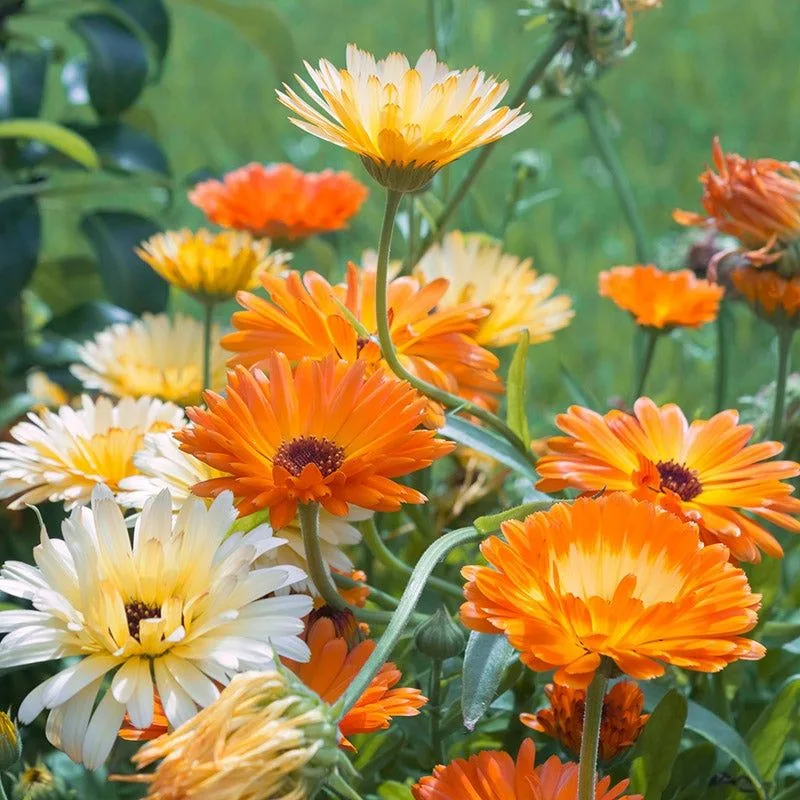
Every gardener cherishes calendula for its sunny disposition and versatility. Its cheerful yellow and orange petals aren’t just eye candy; they are also edible, adding both color and a mild peppery flavor to dishes. Historically known as “poor man’s saffron,” calendula has been used to add color to foods. In addition to its culinary uses, calendula flowers have soothing properties and are often used in herbal salves. Whether used fresh in salads or dried for teas, calendula brings sunshine to the garden and the kitchen alike.
Borage
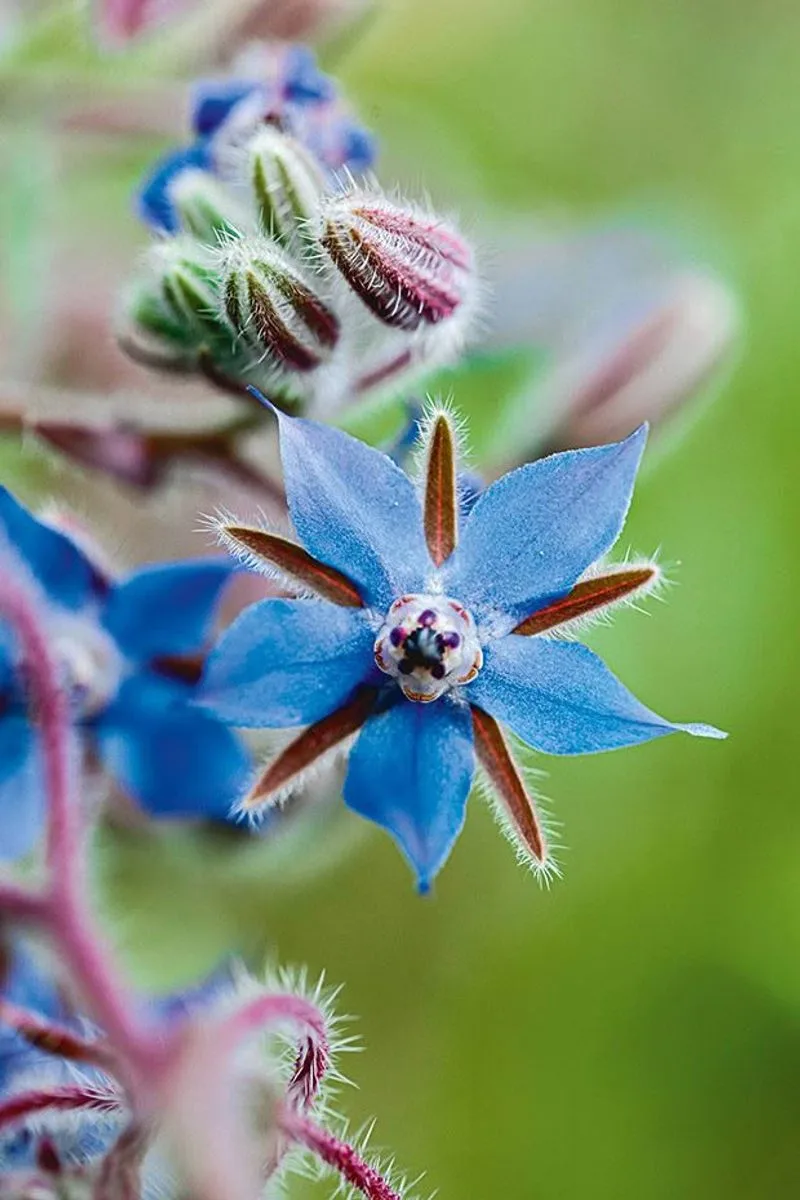
Borage, with its striking star-shaped blue flowers, is more than a pretty face. Known as the “bee plant,” it attracts pollinators crucial for a thriving garden. Its cucumber-flavored leaves and blossoms are delightful additions to summer drinks and salads. Historically, borage was believed to lift one’s spirits and was used in medicinal remedies. The plant is robust, self-seeding, and adds a touch of the unexpected to culinary creations. Its presence in the garden is as beneficial as it is beautiful, making borage a garden staple.
Daylilies
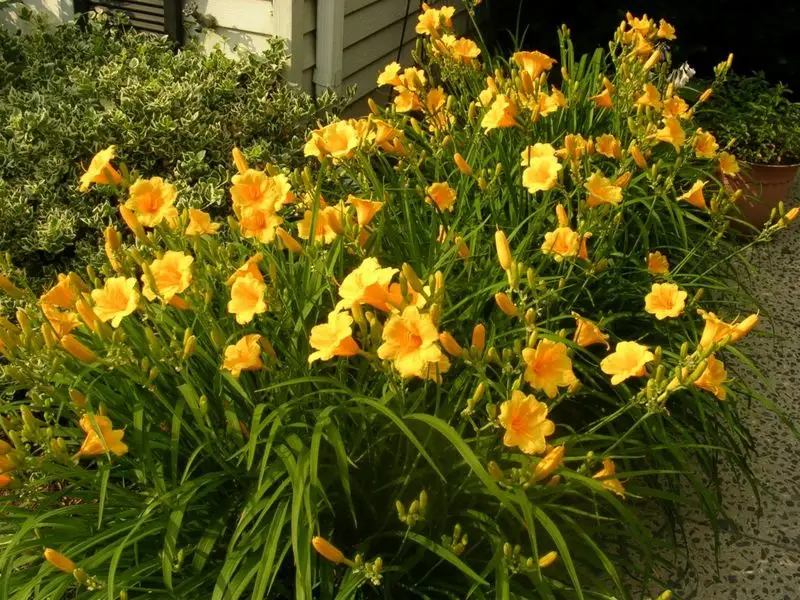
Daylilies are garden showstoppers that offer a surprising culinary twist. These perennial favorites bloom in a spectrum of colors, each lasting just a day but leaving a lasting impression. The flowers are edible and can be enjoyed in salads or stuffed as a unique appetizer. Originating from East Asia, daylilies have been used in traditional dishes for centuries. Their slightly sweet flavor and crunchy texture provide a delightful contrast in culinary applications. Beyond their beauty, daylilies offer a taste of the exotic right at home.
Violas
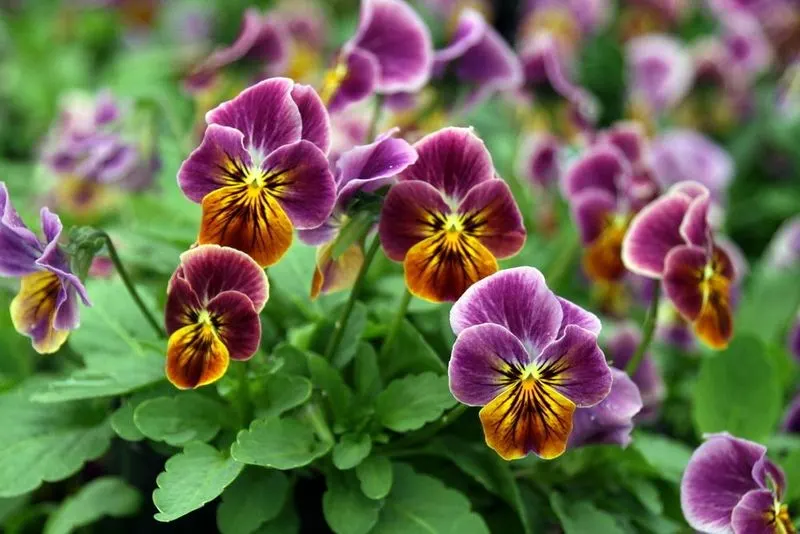
Violas, charming and delicate, offer more than meets the eye. With their vibrant hues, they add not only visual appeal to the garden but also a subtle sweetness when used in culinary creations. Perfect as cake decorations or in salads, violas are edible gems that bring both flair and flavor. Known for their hardiness, these flowers thrive in cooler climates and are easy to grow. Historically used in herbal remedies, violas embody gentle elegance and practicality. Their modest size belies a big impact, both visually and gastronomically.
Chive Blossoms
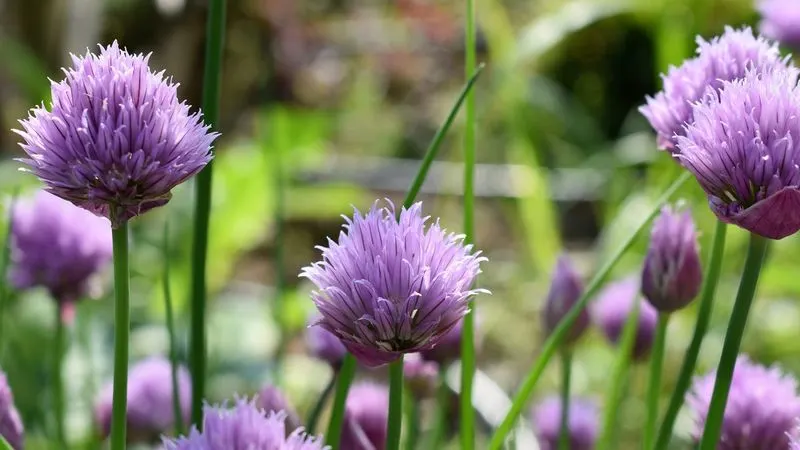
Chive blossoms transform the garden with their elegant purple pom-poms. Beyond their beauty, they introduce a mild onion flavor that enhances any dish. These edible blooms are perfect for infusing vinegars or adding a pop of color and taste to salads. Chive blossoms are an essential part of a culinary garden, offering both aesthetic and practical benefits. Rich in vitamins and known for their digestive properties, they are a favorite among chefs. Their presence in the garden symbolizes both simplicity and sophistication.
Squash Blossoms
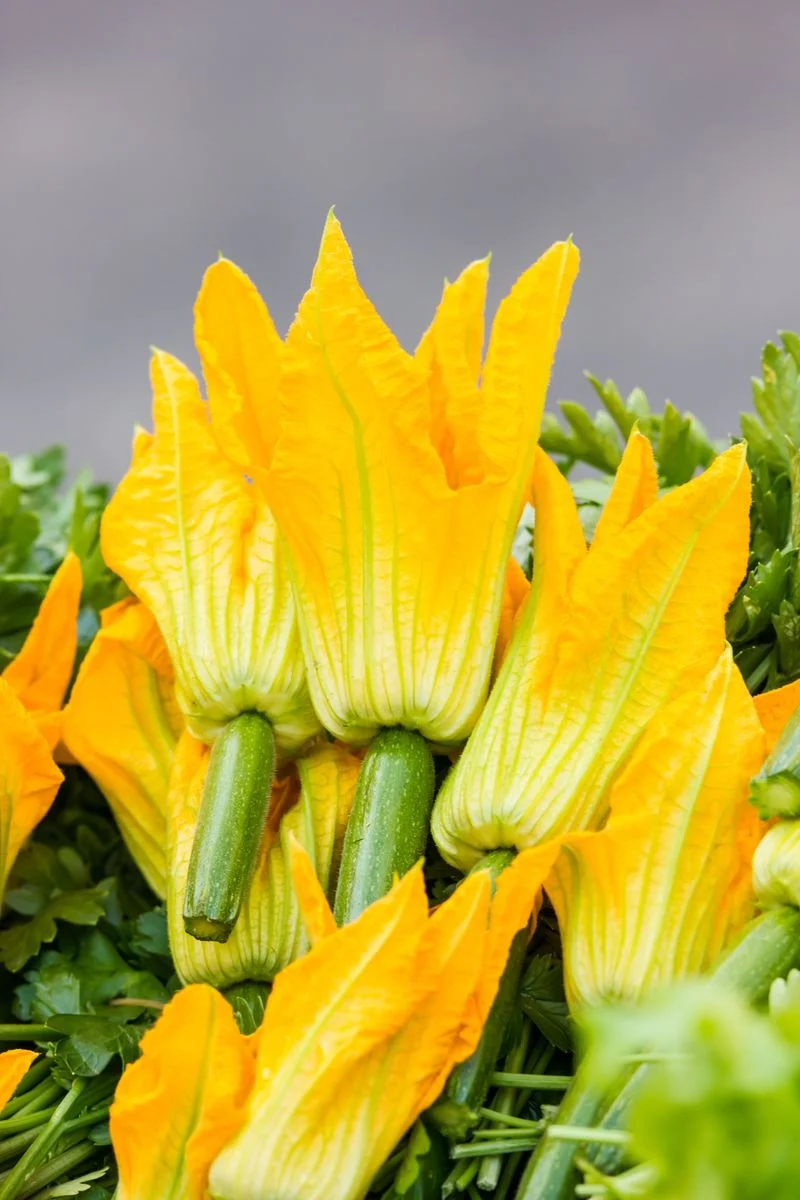
Squash blossoms are a gardener’s delight, known for their culinary versatility. These bright yellow flowers are edible and often stuffed with cheese or batter-fried, offering a delicate and unique flavor. Squash blossoms are a seasonal treat, adding elegance to any dish. Historically enjoyed in Italian and Mexican cuisines, they bring a touch of gourmet to garden-to-table meals. Easy to grow, they require ample sunlight and regular watering. Their fleeting nature only adds to their allure, making them a prized edible in the culinary world.
Bee Balm
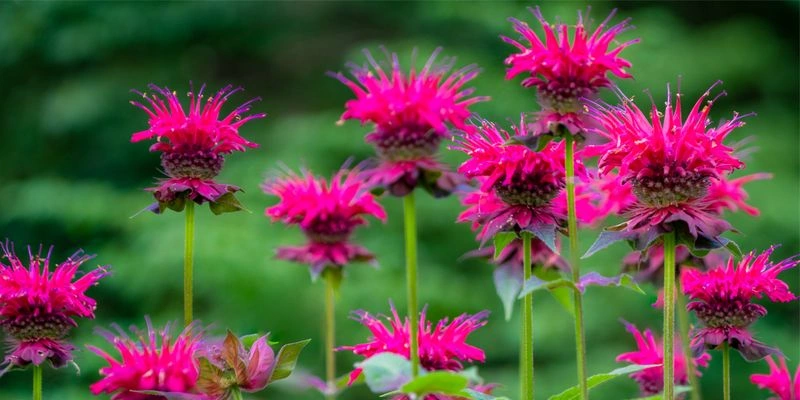
Bee Balm, known for its vibrant red and pink flowers, dances with energy in the garden. These edible blooms are not only stunning but also serve as a delightful addition to teas and salads, offering a mild oregano flavor. Historically known as Oswego tea, bee balm has been used for its medicinal properties by Native Americans. It attracts pollinators, ensuring a lively and productive garden. With its striking appearance and practical uses, bee balm is both a gardener’s friend and a culinary asset.
Lavender
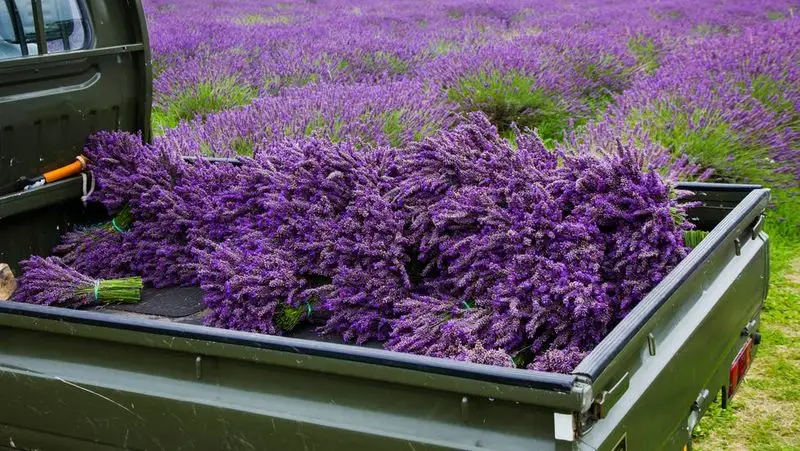
Lavender, famous for its soothing scent, also delights the palate with its sweet, floral flavor. Perfect for flavoring desserts, teas, and even savory dishes, lavender is a culinary treasure. Historically used for its calming properties, it has been cherished in gardens for centuries. Its ability to thrive in dry conditions makes it a resilient choice. Lavender’s dual role as both an aromatic and edible plant cements its status as a garden essential. Its purple blooms bring both beauty and tranquility to any setting.
Roses
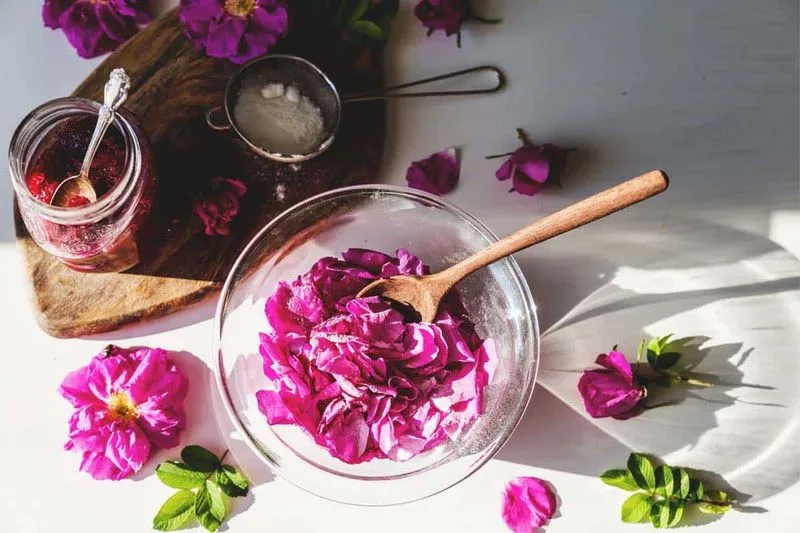
Roses, synonymous with romance, offer more than just beauty. Their petals are edible, adding a subtle floral note to syrups, jellies, and desserts. Often used in Middle Eastern cuisine, rose petals elevate dishes with their fragrance and flavor. Beyond their culinary applications, roses are celebrated for their therapeutic properties. Easy to grow and maintain, they are a timeless addition to any garden. Their elegance and versatility, both aesthetically and culinarily, ensure roses remain a beloved choice for gardeners worldwide.
Hibiscus
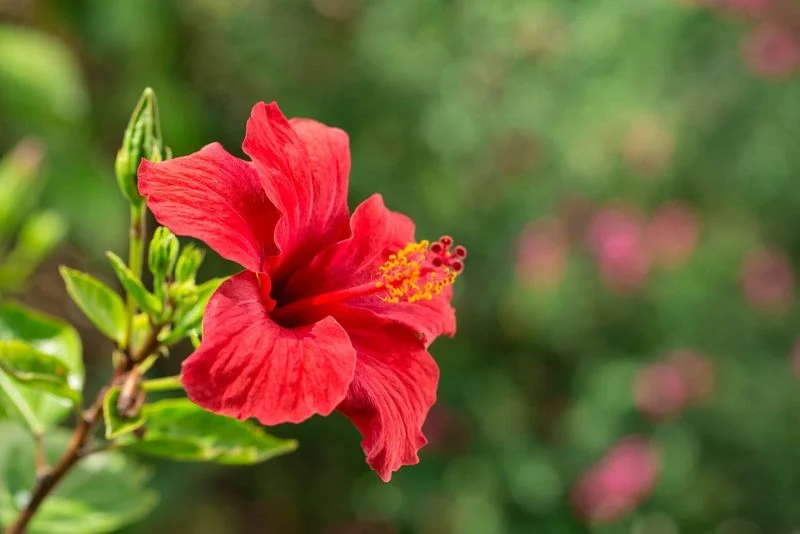
Hibiscus, with its striking blooms, offers a tropical flair to gardens. These large, vibrant flowers are more than ornamental; they are also popular for their tart, cranberry-like flavor. Hibiscus tea, known for its refreshing taste, is cherished worldwide. Rich in antioxidants, it provides numerous health benefits. The plant thrives in warm climates and requires minimal care, making it a favorite among gardeners. Hibiscus brings an exotic touch to culinary delights and garden landscapes alike, ensuring its place as a versatile and cherished plant.
Fennel
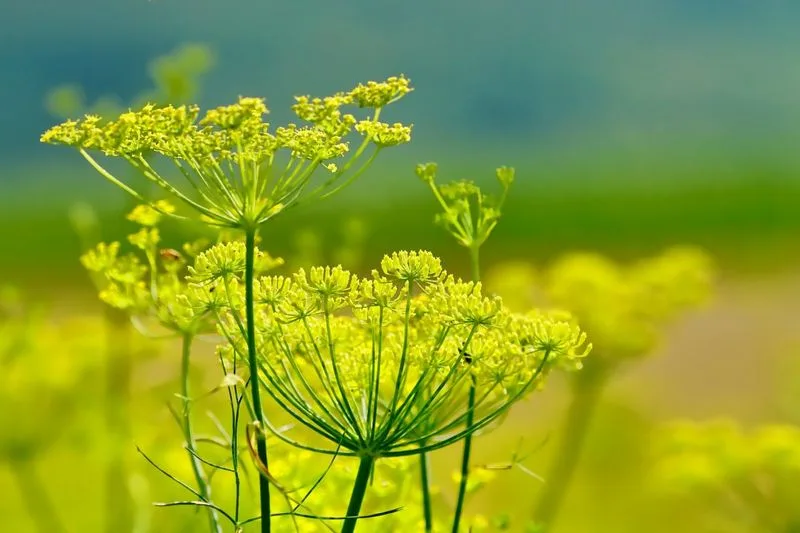
Fennel, with its feathery leaves and yellow blossoms, offers a sweet, anise-like flavor loved by cooks. The entire plant is edible, adding zest to dishes from seed to leaf. Fennel’s versatility extends to its medicinal uses, known for aiding digestion. Its flowers, often overlooked, make a charming addition to salads. Fennel thrives in sunny spots and is easy to grow, making it a gardener’s ally. Its combination of culinary and health benefits ensures fennel’s place as a staple in edible gardens. It’s a plant with both flavor and flair.

